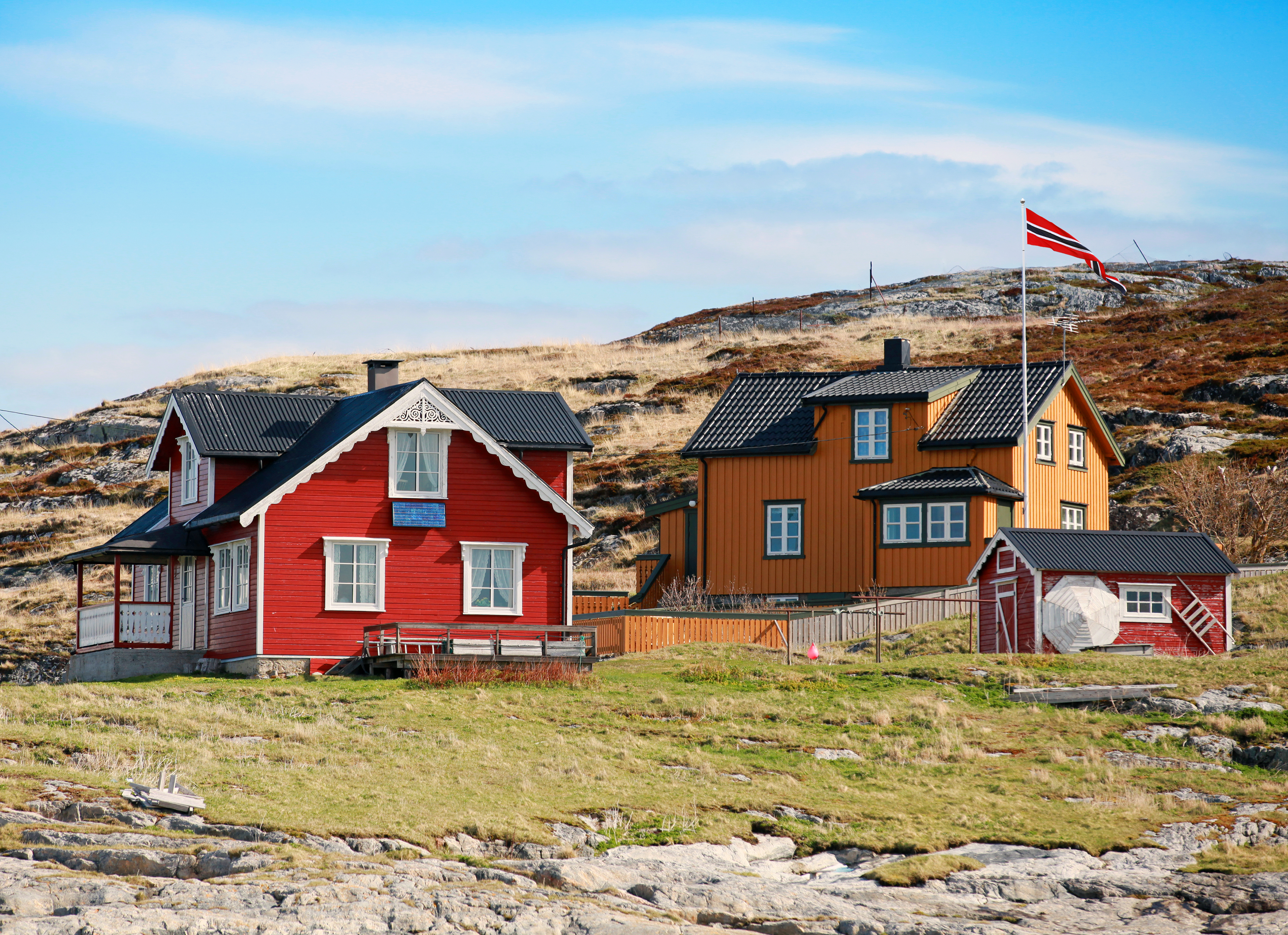Second homes in the Nordics
Second homes are used as holiday and weekend getaways in the Nordic countries by many people, not just the elite, probably due to widespread prosperity and an abundance of space.

Partly because of wealth and abundant space, many Nordic people own a second home in the countryside (in Swedish ‘stuga’, in Finnish ‘mökki’, in Norwegian ’hytte’, in Danish ‘sommerhus’). Largely, but not exclusively, a middle-class phenomenon, second homes come in several varieties, and are inhabited during holidays and the occasional weekend.
The rustic cottage: Typically located in a forest, by a lake or in a mountain area, these are common in Norway, Sweden and Finland. Some are used only in winter, during the ski season. These cottages tend to be simple, often with no electricity or running water, and commonly located a fair distance from the nearest road. In Norway especially, the rural authenticity of these cottages is connected to the glorification of the simple life and of nature in Norwegian nationalism. However, increasingly, these cottages are equipped with solar panels, tap water and even ISDN plugs.
The seaside house: A very different set of values is expressed in this subset of second homes. Often much more expensive than a mountain cabin, seaside houses are common in all Scandinavian countries, often with modern conveniences and a west-facing terrace suitable for sipping wine. Prices vary according to the distance from the sea and, of course, geographic location. In practice, these houses are used only in the summer season, i.e. from May to September.
The country house: This would simply be a rural smallholding or fisherman’s home, abandoned by its owners and refurbished to suit the needs of usually urbanites on a retreat. In rural Sweden, where depopulation has been more pervasive than elsewhere, many such ‘torp’ have been taken over by city-dwellers.
The postmodern cottage: This could be anything from a flat to a small house in a ‘cottage village’ built by entrepreneurs in a scenic area. Often mock romantic in style, they lack no modern convenience. Many rich businessmen flaunt their wealth by building ‘cottage palaces’; in one widely publicised case, a ‘cottage’ containing more than 30 toilets was erected.
Further reading:
- Are Kalvø, Hyttebok fra helvete [The Cabin Book from Hell] (Oslo: Kage, 2018)